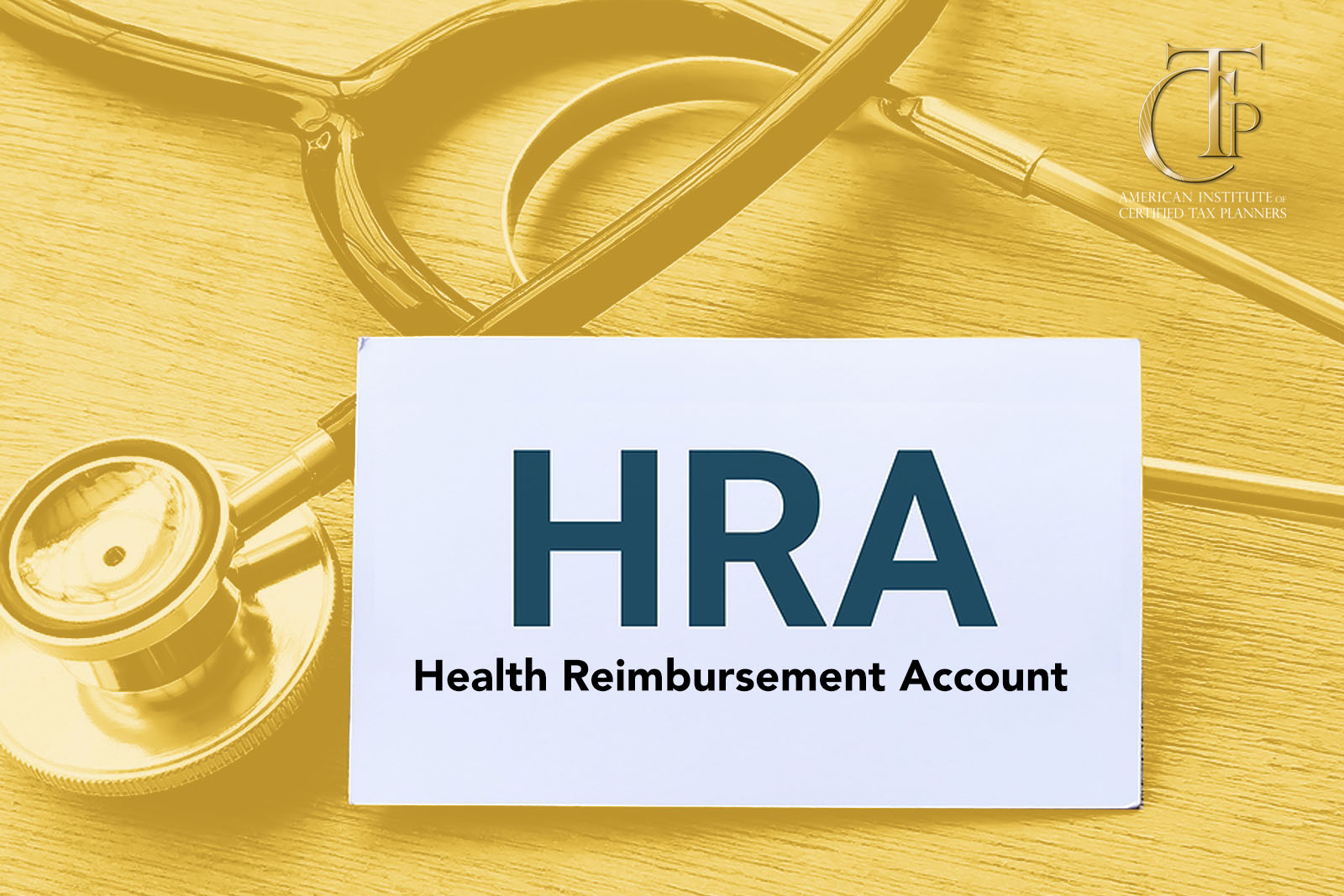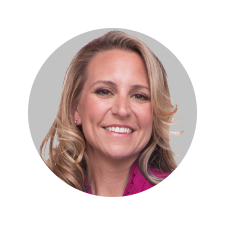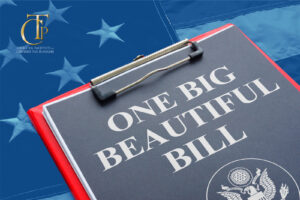Many taxpayers’ plan for retirement expenses is simply to set aside money in their savings account—if they are doing anything at all. This leaves many retirees unprepared for major costs, such as medical expenses. AARP estimates that taxpayers who are currently in their fifties will spend an average of $500,000 out-of-pocket on qualified medical expenses during retirement. How can taxpayers prepare for such exorbitant expenses? This is where the expertise of a tax planner comes into play. Tax professionals know that there are tax-advantaged ways to save specifically for medical expenses. These savings tools can benefit individual taxpayers and employers looking for affordable ways to increase their benefits offerings.
One such strategy is to offer a 401(h) Retiree Health Account. This largely underutilized tool allows taxpayers to earmark money for their medical expenses tax-free and allows employers to take a tax deduction for their contributions. Read on to learn more about the benefits and limitations that come with a 401(h) plan.
Benefits of a 401(h) Plan
One of the main benefits you can offer your clients is your ability to help them plan with the future in mind. Many taxpayers are solely focused on the here-and-now, whether their goal is to limit their spending, increase their savings, or maximize their income. Even if a taxpayer is saving for retirement or future medical expenses, they may not be aware of their options for keeping those funds tax-free. By leveraging a tool like a 401(h) account, taxpayers can enjoy tax-free withdrawals without increasing their taxable income and their future tax bracket.
401(h) plans come with numerous benefits. First, taxpayers can contribute more funds than they could with an HSA, and the earnings generated in these accounts are tax-deferred. When taxpayers take a distribution, the money can be withdrawn tax-free as long as the account holder has sufficient medical expenses to equal the amount withdrawn. By using a 401(h) for medical expenses in retirement, taxpayers can also avoid increasing their modified adjusted gross income (MAGI), therefore lowering the likelihood of advancing into a higher tax bracket during retirement. By keeping a low MAGI, your client may also see less tax taken from their Social Security benefits in the future.
Though a 401(h) must be sponsored by an employer, some plans can receive both employer and employee contributions. These plans are intended to be combined with other qualified retirement accounts, such as a cash balance plan. The funds can be used to cover dependents such as a spouse, children, or aging parents. So if a client anticipates needing to pay for a parent’s nursing home services, a 401(h) can assist with that. Unused 401(h) funds can also be passed down to a beneficiary after the original account holder passes away, but the funds must still be used toward medical expenses.
Lastly, 401(h) funds tend to be creditor proof due to the Employee Retirement Income Security Act (ERISA) rules, which protect this asset from being seized if there is a judgment against you.
Limitations of a 401(h) Plan
401(h) plans are subject to certain limitations. Employers can only contribute up to 25% of the total amount the employer is contributing for retirement. That 25% can still be fairly substantial if an employer contributes, say, six figures over an employee’s tenure. Additionally, if an employer does not contribute to a 401(h) every year and therefore does not reach the 25% limit, the benefits carry over so that the employer can make up for those contributions in future years. All contributions remain tax-deductible for the employer. These delayed contributions can turn out to be a beneficial tax strategy when it comes time for the business owner to sell, and they are looking to offset their capital gains tax with as many deductions as possible.
Employers should also note that they cannot discriminate in favor of highly-compensated employees when it comes to offering a 401(h) plan. 401(h) accounts also do not have a vesting period. As long as the employee has reached the minimum age, which is now set at 59 ½ years old according to a recent IRS ruling, the employee can withdraw funds for qualified medical expenses.
Employees should note that they are not permitted to take money deposited into another retirement fund and redesignate them as 401(h) funds.
Summary
Taxpayers who are looking to save for retirement, including future medical expenses, have a myriad of options available. Your role as their tax planner is to guide them to the most tax-advantaged option that fits their unique circumstances and needs. A 401(h) can be a highly beneficial option for eligible individuals or business owners looking to offer more health benefits while gaining tax deductions for their business. This retiree health account can be an attractive benefit for employees, providing tax-free earnings growth, tax-free withdrawals, and lower taxable income.
To deep-dive into tax-advantaged tools and know which to recommend to taxpayers planning for retirement, sign up to become a Certified Tax Planner today.





